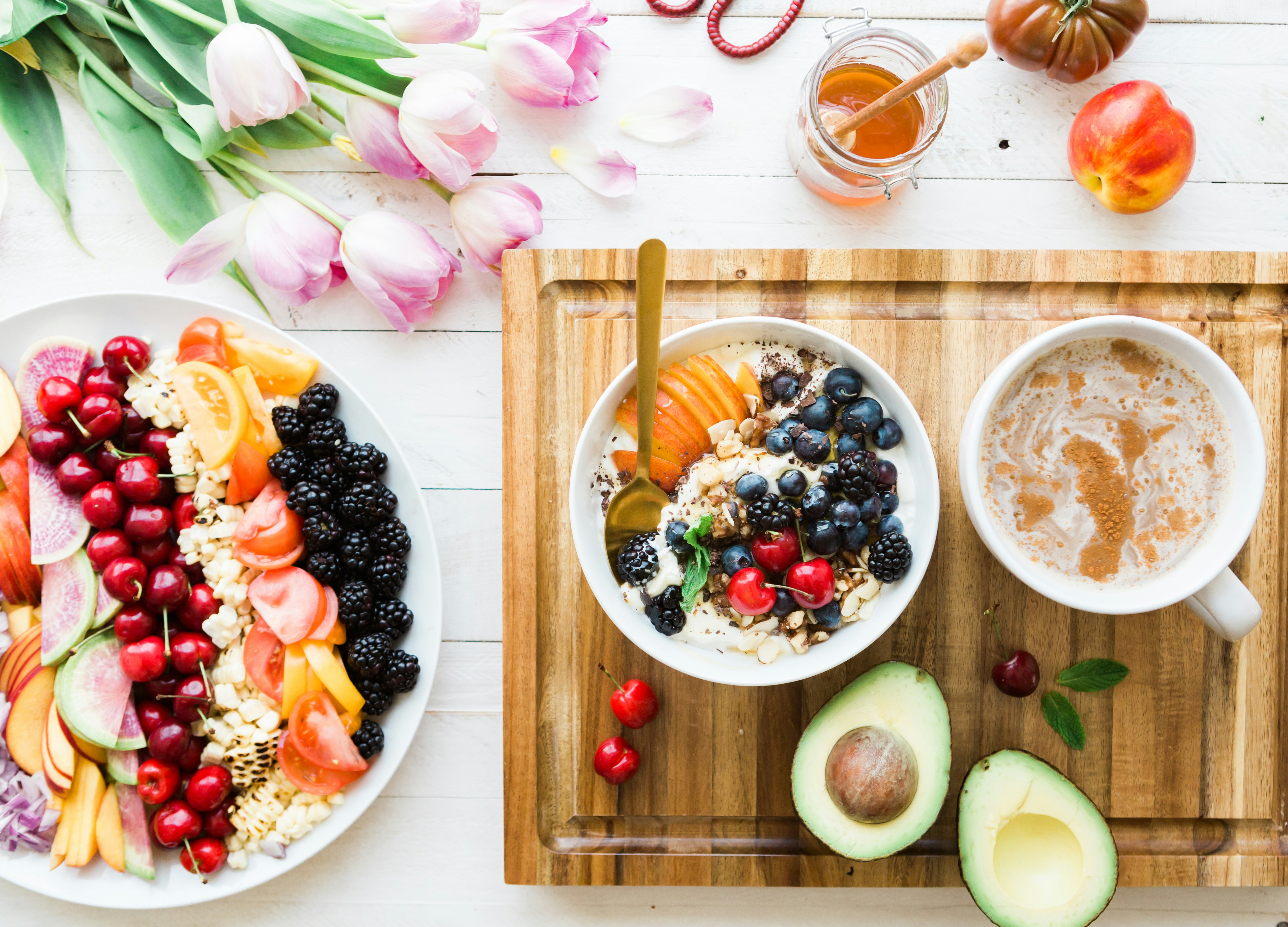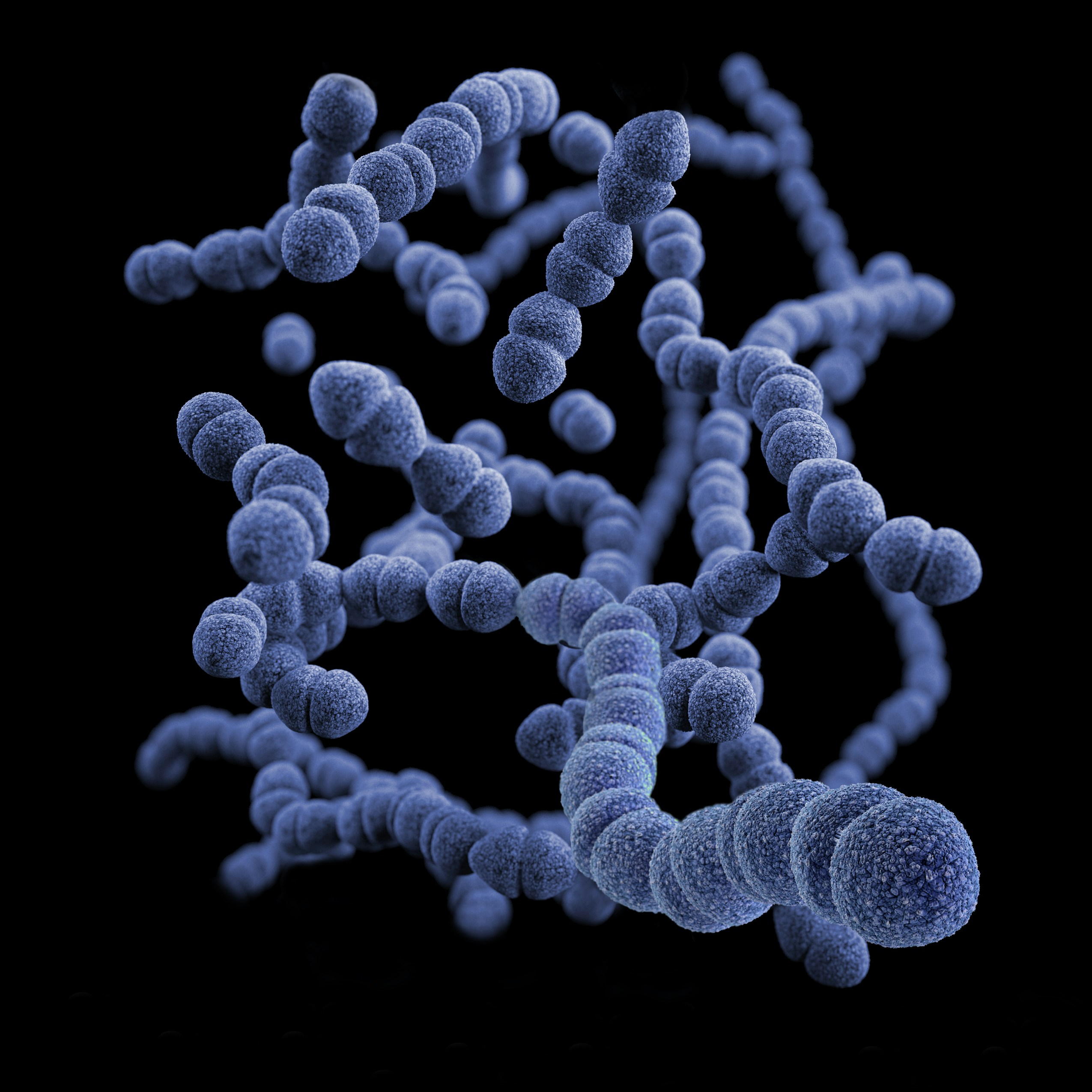What if you could change the way your gut feels, simply by understanding and nurturing the microorganisms living there?
Understanding Gut Flora
Gut flora, or gut microbiota, consists of trillions of microorganisms that reside in your digestive system. These tiny entities play a crucial role in your health, influencing everything from digestion to immunity. Imagine if your gut were a bustling city, with each microorganism acting like different businesses contributing to the overall health and flow of the community.
The Impact of High Oxalate Foods
High oxalate foods, such as spinach, rhubarb, and certain types of nuts, can have a complicated relationship with your gut health. While they might bring certain nutrients to the table, excessive intake can lead to problems. Over time, these foods can create an imbalance in your gut flora, leading to issues like inflammation, increased risk of kidney stones, and even digestive distress. It’s almost like inviting too many tourists into that bustling city—you end up with congestion.
Recognizing Symptoms of Imbalance
When your gut flora is out of balance due to high oxalate exposure, your body might send you some clear signals. You may experience symptoms such as bloating, gas, or irregular bowel movements. Sometimes, you might even feel fatigued or have skin issues. It’s your body telling you that it needs help restoring order to that busy city.
The Role of Gut Flora in Your Health
Your gut flora isn’t just there for show; it’s vital for your overall well-being. The microbiota assist in digesting food, synthesizing vitamins, and protecting against pathogens. In fact, research suggests that a balanced gut microbiome can help enhance mood, support weight management, and reduce inflammation. Think of them as the city’s emergency response teams—keeping everything in check and ensuring that any disruptions are quickly addressed.
The Microbiome’s Connection to Mental Health
You might not realize this, but your gut and brain are more closely linked than you think. The gut-brain axis is a real phenomenon, affecting not only digestion but also mood and mental health. A disrupted gut flora can lead to anxiety and depression, while a balanced microbiome may offer support in feeling more emotionally stable. It’s like having a good relationship with your neighbors—when everyone gets along, the community thrives.
Steps to Rebuild Your Gut Flora Post-High Oxalate Exposure
Recovering from high oxalate exposure and restoring balance to your gut flora is entirely possible. It’s about making conscious choices and adjustments to your diet and lifestyle.
1. Assess Your Current Diet
Start by taking a good, honest look at your current eating habits. Are you consuming a lot of high oxalate foods? It might be beneficial to reduce your intake of these foods temporarily and focus on incorporating others that are gentler on your gut. Keep in mind that balance is key—an occasional high oxalate snack won’t throw you off course.
Foods High in Oxalates
| Food | Oxalate Content (mg per 100g) |
|---|---|
| Spinach | 970 |
| Rhubarb | 860 |
| Beets | 150 |
| Nuts (almonds, cashews) | 120-240 |
| Sweet Potatoes | 34 |
2. Introduce Probiotic-Rich Foods
After reducing high oxalate foods, increase your intake of probiotic-rich foods. These foods contain live bacteria that can help restore balance in your gut flora. Options like yogurt, kefir, sauerkraut, kimchi, and miso are all fantastic additions. Think of these foods as reinforcements being sent to your city to help restore order and harmony.
3. Prioritize Fiber
Fibers from fruits, vegetables, and whole grains serve as food for your gut bacteria. As you focus on rebuilding, try to incorporate a variety of fiber sources. Aim for soluble fibers, commonly found in oats and legumes, as well as insoluble fibers from whole grains and vegetables. This diverse diet can act like the new infrastructure in your city, providing the roads and resources your gut flora need to thrive.
Sources of Soluble and Insoluble Fiber
| Fiber Type | Food Sources |
|---|---|
| Soluble Fiber | Oats, beans, apples, citrus fruits |
| Insoluble Fiber | Whole grains, nuts, seeds, carrots |
4. Stay Hydrated
Water plays an essential role in digestion and helps your gut flora function properly. Aim to drink enough to stay hydrated. Maybe carry a water bottle with you or set reminders on your phone—whatever works to keep that hydration flowing. It’s like ensuring that the city has an adequate water supply—necessary for everything that keeps it running smoothly.
5. Monitor Prebiotic Intake
Prebiotics are non-digestible fibers that promote the growth of beneficial bacteria in your gut. Foods like garlic, onions, leeks, asparagus, and bananas are great examples. Consider prebiotics your city’s nutrients—fueling your good microbes to help them grow and flourish.
6. Consider Supplementation
If you find it difficult to consume enough probiotics or prebiotics through food alone, you might consider supplements. Probiotic capsules or powders can give you a concentrated dose of beneficial bacteria. However, consult a healthcare professional first to determine the best approach tailored to your needs.
Lifestyle Changes to Support Gut Recovery
Your diet is pivotal, but other lifestyle factors also contribute to a healthy gut.
1. Manage Stress Levels
Stress can wreak havoc on your gut flora. When you’re stressed, your body produces cortisol, which can disrupt the balance of gut bacteria. Practice mindfulness, meditation, or yoga to help manage your stress levels. Even simple breathing exercises throughout the day can provide a moment of relief. Think of it as taking breaks to allow the city’s residents to regroup and recharge.
2. Get Enough Sleep
Sleep is non-negotiable when it comes to health—even your gut flora needs time to recover. Aim for 7-9 hours of quality sleep each night. Establishing a consistent sleep schedule and creating a calming bedtime routine can greatly enhance your sleep quality. When the residents of your city are well-rested, they’re more effective and efficient.
3. Exercise Regularly
Physical activity promotes healthy digestion and boosts your overall well-being. Aim for at least 150 minutes of moderate aerobic activity each week. Whether through walking, dancing, or hitting the gym, exercise helps maintain a balanced gut flora. It’s like sending the city’s residents out to stretch their legs and keep the energy flowing.
4. Limit Processed Foods
Processed foods often contain additives, sugars, and unhealthy fats that may disrupt your gut flora. Once you’ve started incorporating healthier options, it might be wise to limit your refined sugars, artificial sweeteners, and additives. This gives your gut flora a fighting chance to flourish without added interference.

Maintaining Gut Health Long-Term
Rebuilding your gut flora after high oxalate exposure is not just a one-time task; it’s an ongoing journey. Making sustainable lifestyle and dietary changes will result in long-lasting benefits.
Regularly Assessing Your Diet
Periodically reflect on your food choices, ensuring that you’re still prioritizing a diverse diet rich in prebiotics and probiotics. Keep a food journal if it helps you track how your choices affect your gut health.
Staying Informed
Nutrition science is a rapidly evolving field, filled with new insights and research. Consider keeping yourself informed through reputable sources like nutritional journals, webinars, or simply following health experts you trust.
Be Gentle with Your Gut
Remember that rebuilding gut flora takes time. It’s important to be patient and forgiving with yourself throughout this process. Your gut health is a journey, not a destination. Celebrate small victories and recognize progress, even when it feels slow.

Conclusion
Caring for your gut flora after high oxalate exposure is not just about the food you eat—it’s about cultivating a balanced lifestyle. By understanding your microbiome and implementing thoughtful dietary and lifestyle changes, you can reclaim your gut health. The city within you can flourish again, promoting not only digestive health but overall well-being.
So next time you think about what goes into your body, remember the bustling community in your gut that relies on your choices to thrive. Embrace this journey as one of growth, resilience, and empowerment, moving forward with every meal. You’ve got this!




